Browsing the web today often evokes the same feeling as watching television in the 80s, soon after the widespread adoption of cable: so many channels, and nothing to watch. You open a browser tab, and what do you type into the address bar? To find an answer to a question, maybe you go to a search engine (or to an LLM). To shop, you head to a particular store (or to Amazon, if you don’t care which store). But to be entertained, to just spend some time? You’re headed to one of the four big content aggregators that more or less define the modern web: Twitter, Facebook (including Instagram), YouTube, or Reddit. Maybe you click some links, maybe you just scroll, but you pretty much always start there and finish there. If you’re a hipster or an intellectual, you might know of an aggregator not in the big four to get your artisanal algorithmic content feed. But it’s an aggregator nonetheless.
It wasn’t always so.
The internet used to be a place you consciously went to, explored, and then left, not a secondary but vital realm traveling with you in your pocket or purse or on your nightstand 24 hours a day. This was a healthier relationship to have with the digital world, and the web was radically different when it obtained. Search barely worked. With the exception of message boards, websites were read-only. But the websites that existed, my God — a Cambrian explosion of creativity, no one quite like another. If you were lucky enough to witness this first hand, you remember exactly what I mean. Web standards were nonexistent, which meant that every webmaster was wholly on his or her own to style and fill each website from first principles, one FTP file transfer at a time. You ended up with a lot of absolute dogs, but each was uniquely beautiful or decrepit.
And there was approximately nothing in the way of an index or any form of aggregation tying them together, so sites basically had to spread through word of mouth, one AIM message at a time. And the good ones did.
Real ones remember homestarrunner.com, a cartoon website that became massively popular during the Flash-in-the-pan moment between widespread home internet adoption and broadband. It could only exist in that brief and now extinct ecological niche, when lots of people wanted video entertainment online but didn’t have the bandwidth to stream video. Tweened animation made with Adobe Flash and 20kbps compressed audio filled in that gap and a star was born.
But it’s not there anymore, not in any form that matters. Most of the sites of that era aren’t, and the ones that have tried to evolve to fit the current content marketplace have mostly failed. Homestar and Strongbad themselves just took to the digital airwaves to lament this state of affairs, as a sort of beautiful and mournful 25th anniversary wake.
Log on to your favorite website, not just the same four websites
The top comment really says it all.
What happened? Why are there so few individual websites we think are worth typing into the address bar? How did we get here?
What happened is the containerization of content to feed into aggregation engines.
Containerization revolutionized the shipping industry by standardizing all cargo into a single format: a 40-foot steel box. Before this innovation, stevedores and longshoremen had a much harder job to do, with each ship and train full of different sizes and shapes of bundles. One might be full of cargo nets bursting with bunches of bananas, the next barrels of rum, the next bushels of coffee beans. Each cargo was unique and had to be loaded and unloaded differently, which made the stevedores’ job much harder and much less efficient. (And much more dangerous — the reason the longshoremen’s union can hold the nation’s ports hostage, shut out all automation, and give a bunch of their friends no-show six-figure jobs is because they successfully seized collective bargaining power back when their job was hazardous and demanding).
Containerization makes it possible to treat all cargo the same. It’s the shipper’s job to pack whatever they want to send in the box, at which point it becomes fully interchangeable with every identically sized container on a ship or in a dockyard or on a truck or a train. There’s no longer a shipping rate for a ton of bananas or 100 bushels of coffee, only for a 40-foot container. Trains no longer have box cars with wooden doors a hobo can slip through to catch a quick nap on the way to the next town, they have flat bed cars onto which you can stack one or two 40-foot containers.
The same process that happened to physical cargo also happened to digital cargo, the writing and images and songs and videos we create and share. They no longer primarily reside on their own custom-built web properties, but rather are sliced up into standardized chunks to be distributed on one of several aggregation platforms, stirred into algorithmic feeds for users based on mysterious and ever-changing criteria. Websites do still of course host their own content, but it’s discovered and shared primarily through those same aggregators, the digital whims of which make or break the business models of the sites that receive (or not) the attention and traffic they funnel. As for individuals, few digital natives bother creating websites in the first place — they create content already tailor made for the aggregator of their choice specifically to share there, with a website perhaps coming later to sell merchandise (with digital storefronts that are themselves largely standardized as well). This centralized, containerized model made possible distribution networks that massively and disproportionately reward the most popular digital creators in an awe-inspiring pareto distribution, while utterly decimating the once-proud ecosystem of independent web content. With a tiny number of exceptions, the life of a website on the margins of the aggregator network sees approximately zero traffic for 99.99% of its life, briefly flickering into communal awareness for a period of 24 hours or so when it gets picked up by an aggregator and goes viral, then cast back into obscurity and forgotten just as quickly. This basic fact of life on the modern web disincentivizes creators from regularly updating content outside the aggregator network for all but the largest and most popular.
We did this to ourselves. We tamed the weird and wild and beautiful web into a series of beige squares in the name of progress and efficiency.
People don’t spend time creating beautiful compelling personal websites because nobody will visit anyway. If you want people to consume what you produce, you go where the eyeballs are. You containerize your content into the shape required by the platform and throw it into the stream.
When you write a post on Facebook, or craft a tweet, or upload a video to YouTube, you are fundamentally abrogating the essential artistic rights of a creator. You can’t present the content the way you choose, the aggregator chooses for you. You can’t use the colors or the fonts or layout you might want, the aggregator chooses for you. You certainly can’t choose who to show your work to, the aggregator chooses for you. Your divine spark gets squeezed, truncated, and sandblasted to fit the container. And the worst part is that we’re so used to this happening that we mostly don’t even feel abused by the process. The web wants us to reduce our every creative work to a series of perfectly fungible content containers, and we have happily obliged.
Over a decade ago, I read a manifesto called You Are Not a Gadget by a tech weirdo named Jaron Lanier. It’s a polemic against the dehumanizing trends Lanier saw evolving in web culture of the early 2000s, when social media and the aggregators were just beginning to catch on. At the time I dismissed most of it as jism and dope smoke, but in retrospect he had a point.
To be fair to 2010-me, Lanier actually is a certified weirdo with many bizarre and unworkable ideas. He thinks that Google and Facebook can pay every user a personal data dividend they could live on (Google makes $61 per user yearly). He thought that we could save the music industry by reintroducing scarcity in the form of a “songle”, an uncopyable doodad with a song or album on it. And he also thought that blogging and wikis were reducing the value of authorship by carving up creative works, stripping them of their context, and remixing them in different locations and forms like they were interchangeable widgets. At the time I read this last point and thought he was crazy — wasn’t he just describing the fundamental nature of the web, to link from one document to another? As it turns out, no, Lanier was pointing out something much more subtle about the nature of authorship in the digital world and making prescient observations about how that concept would evolve.
Today it’s clear Lanier was right on the money, and his warnings went completely ignored. The web feels boring and sterile even compared to 2010. Everything looks the same, and your friends will not tell you about new exciting websites they discover every week because they don’t find any. They aren’t even looking, and who can blame them?
Maybe this was inevitable, in the same way that the unchecked forces of technocapital concentrate wealth upwards into a few monopolies. But it’s worth pointing out that alternative visions are at least possible in principle, and have been reality in the recent past.
In the years before Facebook sealed the fate of containerized content for social media, a spunky social network website called MySpace was the hot web property in the category. MySpace gave each user a personal front page to present to the world, and allowed a radical degree of freedom in its content and styling, nearly as much as you could achieve by writing it yourself with raw HTML. The results were often ugly and grating, but also weird and wonderful as was typical of the web of this era.
Crucially, MySpace didn’t have a feed. You had a friend list, and you displayed your top 8 friends proudly in a standardized widget, but it was more a series of personal homepages than anything we would today identify as social media. Your page was your page, and you put your own updates on it, styled however you wanted. Your friends visited your page as often as they thought worthwhile. There was some containerization implicit in the format, as much as there is with any blogging software. But your content never got removed from the context of your page and mixed into a generic stream with other people’s stuff. You always knew exactly what it would look like, what would appear next to it, what cringey background music would be auto-playing as it was read. And that was beautiful.
Maybe I’m not typical, but I think there’s a huge missed opportunity here on the part of current social media companies. There’s no technical reason we can’t have radically more expressive customization options available to us in what we share online. There’s no technical reason authors can’t be put more firmly back in the driver seat when it comes to how their creations are shared and presented. It’s a design challenge, sure, but what exactly are we paying all those product mommies for anyway? Just to send emails from the pool? Twitter in particular is run by a madman beholden to absolutely no-one, and seems ripe for exactly this sort of innovation.
At the end of the day, what’s happened to the web is our own fault. We haven’t demanded the full rights of authorship given to us by God and nature. And we don’t need to get back there in one fell swoop, any amount of baby steps would be welcome and embraced wherever offered. If we’re doomed to containerization, can we at least choose the color of paint and the font of the stencils?




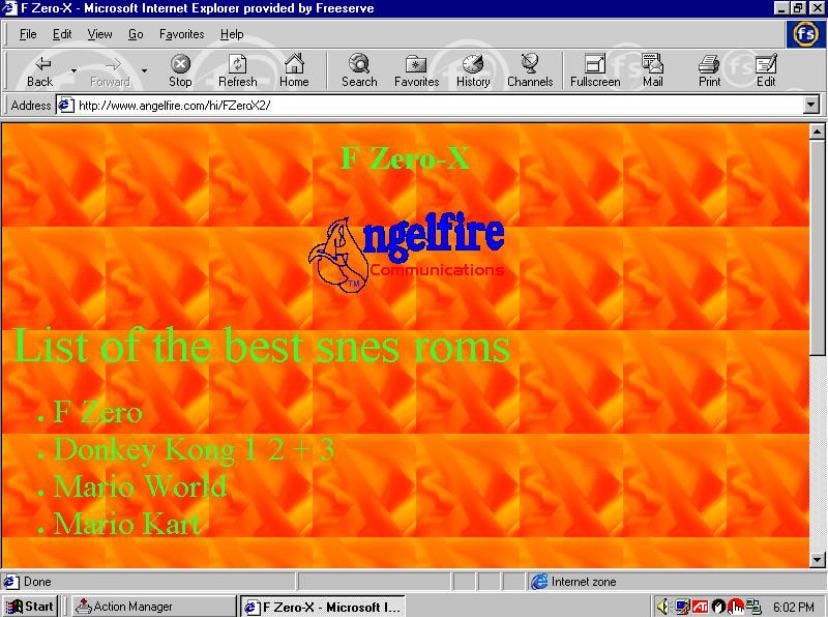
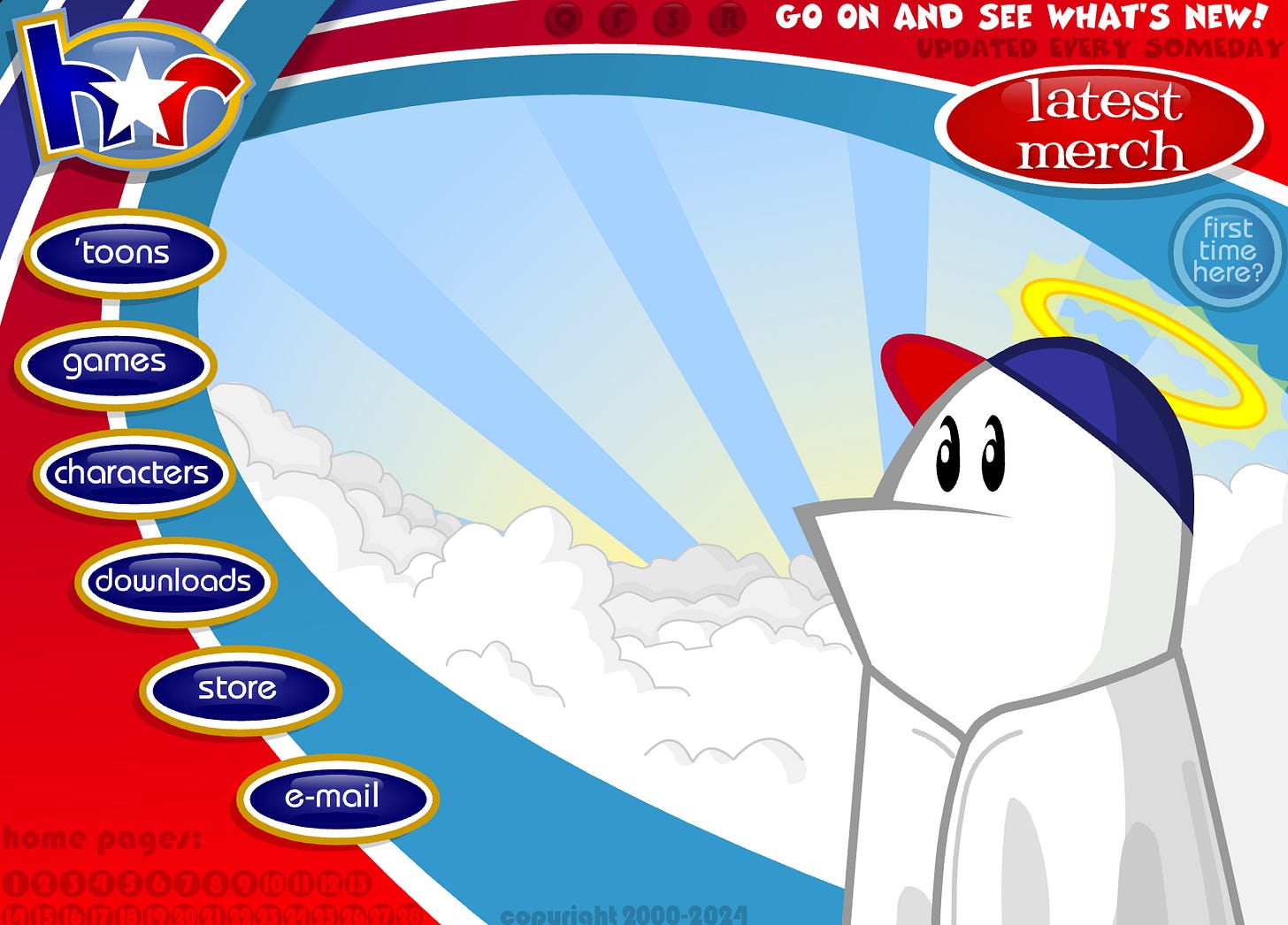
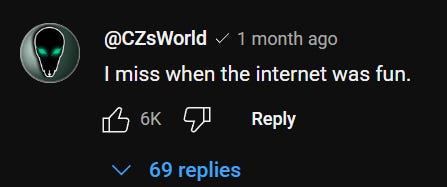

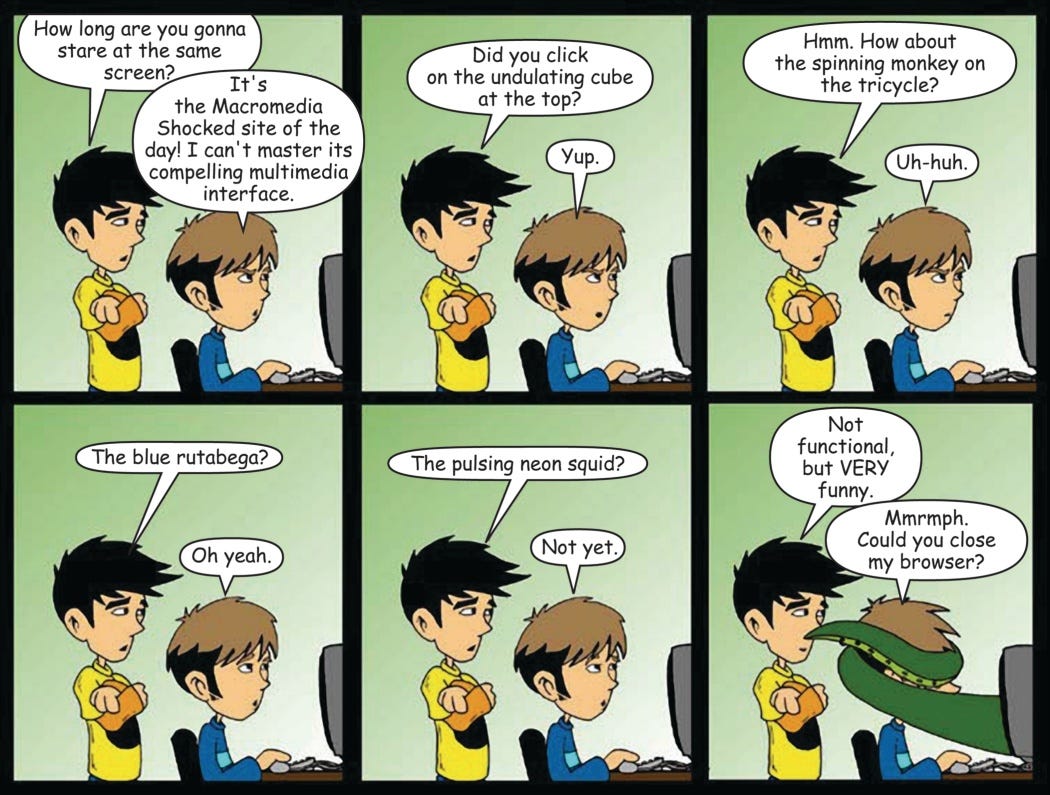
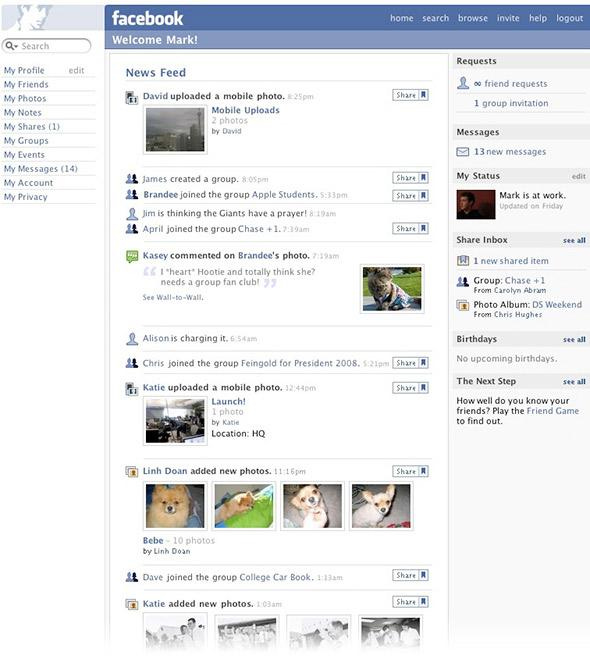
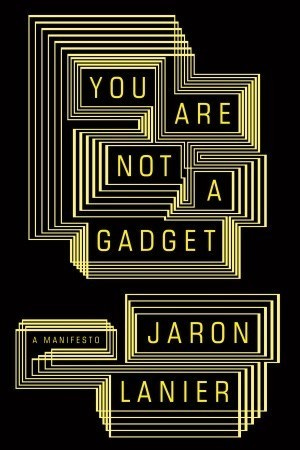
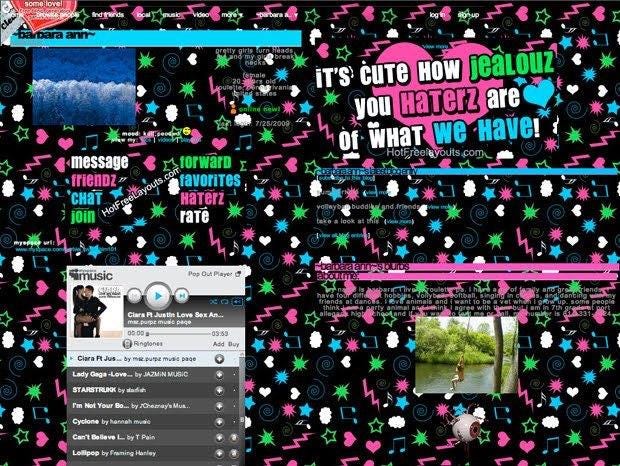
Good observations. Though obviously a large part of what happened is normies and women (I repeat myself) crowded the place. I guess you could say “containerization” enabled this.
Flashbacks to my friend’s personal website:
A number of essays/rants calling for radical libertarianism (I guess we would call him an ancap now).
A guide to how to breed the Golden Chocobo on FF7 (along with a surprisingly long rant about how bad all the other guides are on this topic).
A list of his objections to the backstory behind Shadowrun, along with his personal changes.
And a sticker that said “This website created 100% with Notepad”
IIRC it was all lime green text on a black background.
This is how I remember the early Internet.
Sooo... Technology progresses, and we whine about that? Have you considered that the web was actually worse back then and it is nostalgia that makes you feel it is better?
I am not _very_ old, but I am old enough to remember text-based roleplay on individual servers instead of aggregators like Discord and Telegram. And you know what? The aggregators... just work better. They have their own quirks, but so did each and every of those old sites; meanwhile, the chance that they die under you are essentially zero.